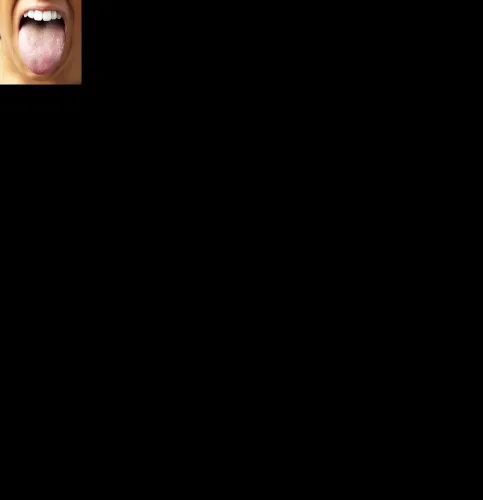Select One or Two Codes For Multiple Stone Removals? Wonder Not

Question: Our surgeon recently removed two stones from the parotid gland. For one stone he inserted a sialoendoscope and used a basket to retrieve the stone. As the second stone was larger in size, he could not remove it endoscopically. So, he made an incision and performed a sialolithotomy. So, what CPT® code(s) should be used to report the procedures that were performed?
Alabama Subscriber
Answer: Your clinician performed removal of two different stones from the same gland. Since different procedures were performed for removal of the stones, you will have to report the two procedures separately.
There is no CPT® code for reporting removal of a stone from the parotid gland using an endoscope. Since your clinician removed the first stone endoscopically, you should report this with an unlisted code in relation the salivary glands. So, you will report 42699 (Unlisted procedure, salivary glands or ducts) for the stone removal procedure that your surgeon performed using an endoscope. You will have to provide adequate documentation to the payer to indicate what procedure your clinician performed and why you have chosen an unlisted code for the procedure. You will also have to provide details about what reimbursement you are claiming for the procedure performed.
Since the second stone was removed through an incision, you will have to report an appropriate sialolithotomy code for the procedure. For removal of a stone from the parotid gland, you have two code choices to select from. They include:
So, you will have to choose from one of these two above mentioned codes for the second stone removal procedure that your surgeon performed. To select the right code for the procedure, you will have to focus on the approach used by your clinician. If your clinician used an extraoral approach, you will have to report 42340.
If your clinician is using an intraoral approach, you will have to either choose 42330 or 42340. You will have to determine the complexity of the procedure to decide on the code you are going to report. For determining the complexity of the procedure, you will have to look at the depth to which your surgeon had to dissect to approach the stone for removal, the amount of tissue that was removed and the type of repair that was conducted.
Since in your case, you have mentioned that the stone was quite large, your clinician would have had to remove significant amount of tissue to approach and retrieve the stone. Also, he would have to perform a layered closure after the stone removal when performing a repair. So, in your case scenario, you can report 42340 for the second stone removal that your surgeon performed.




